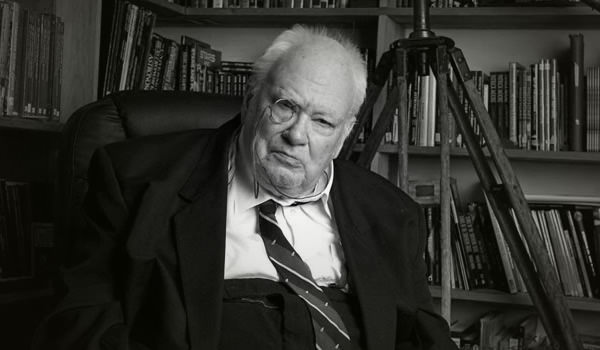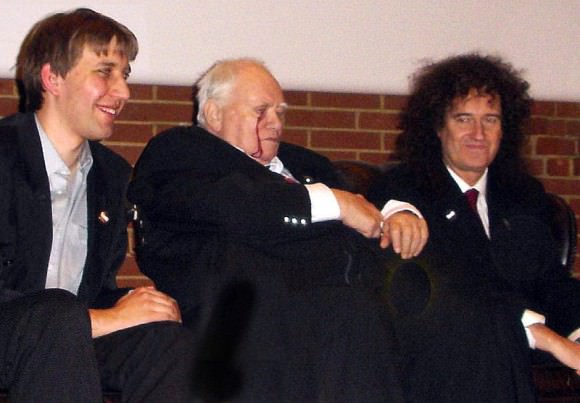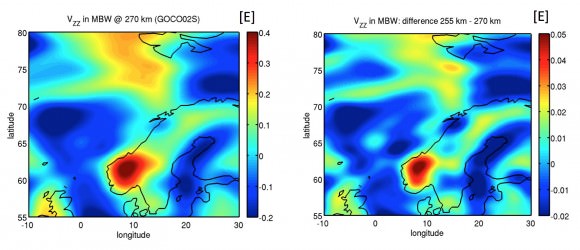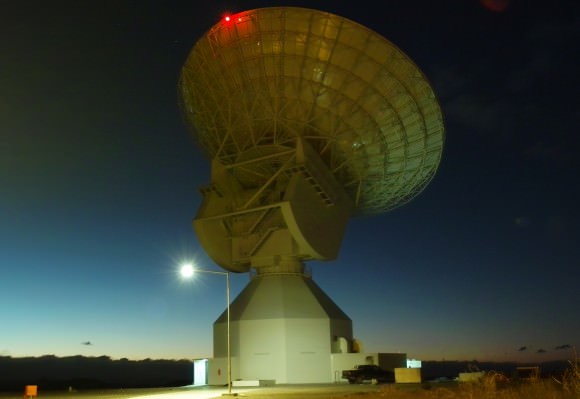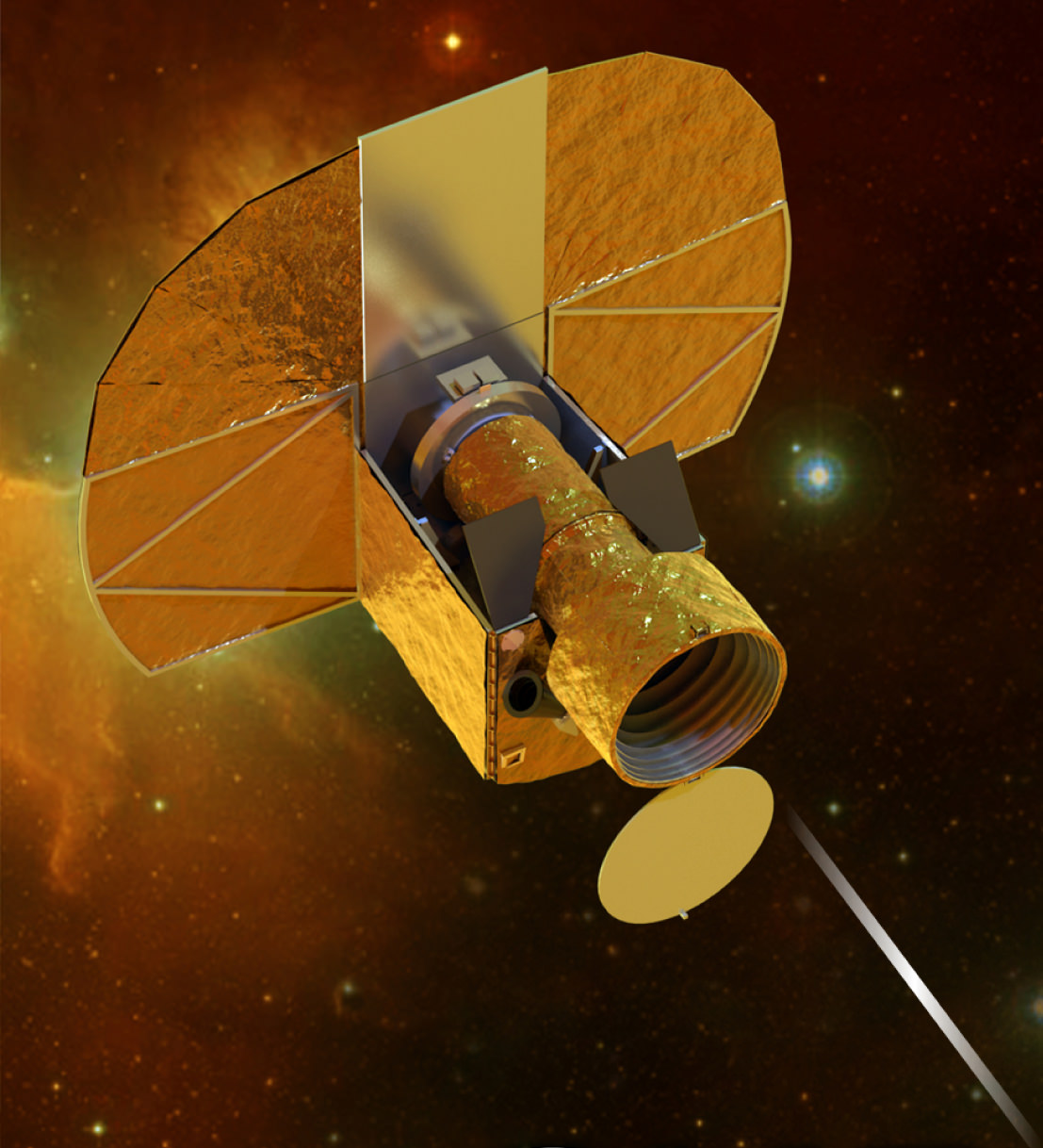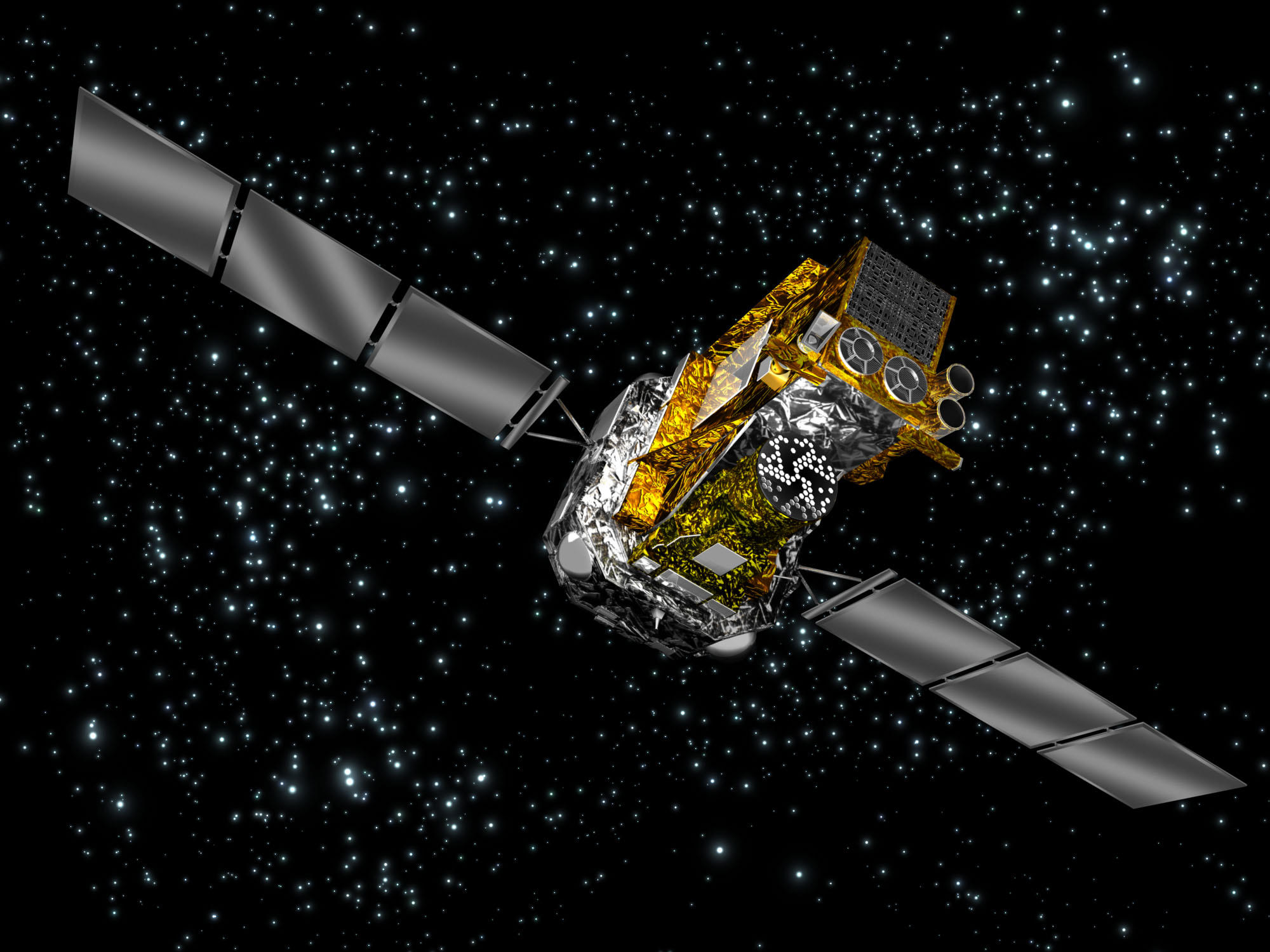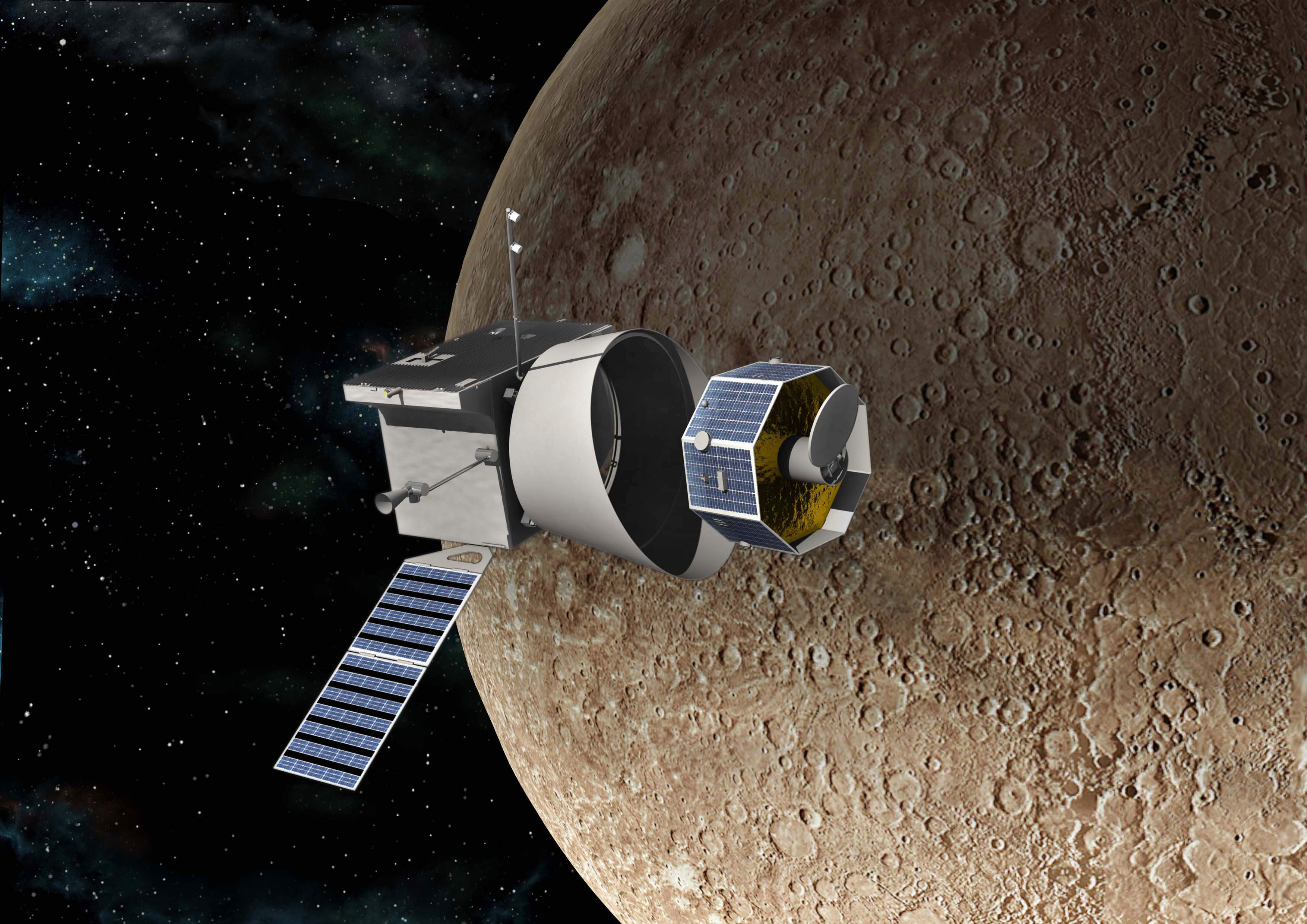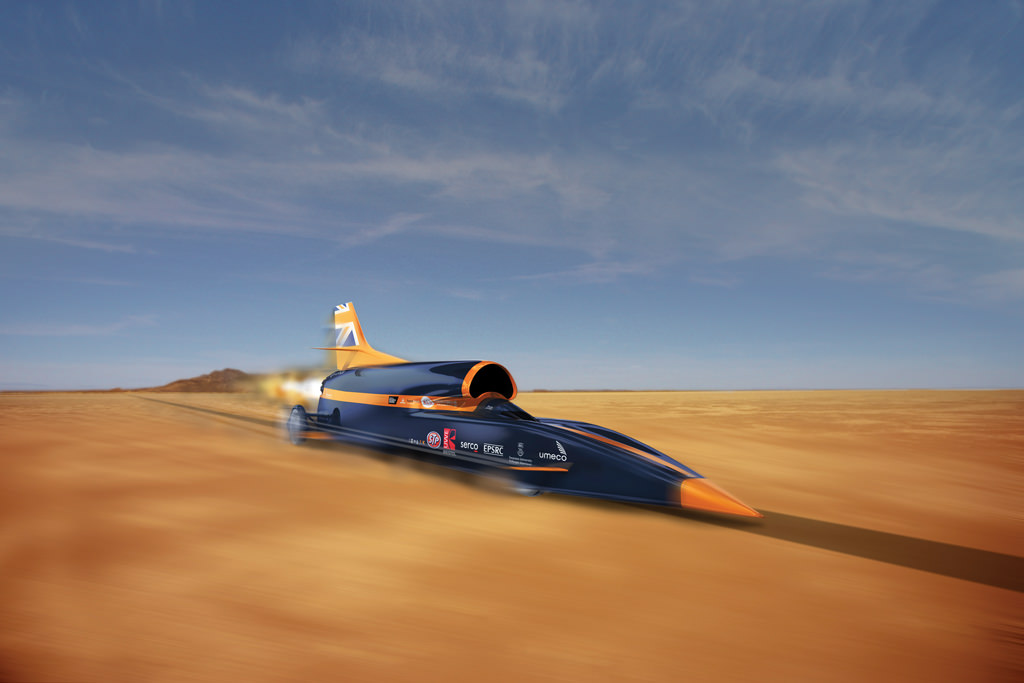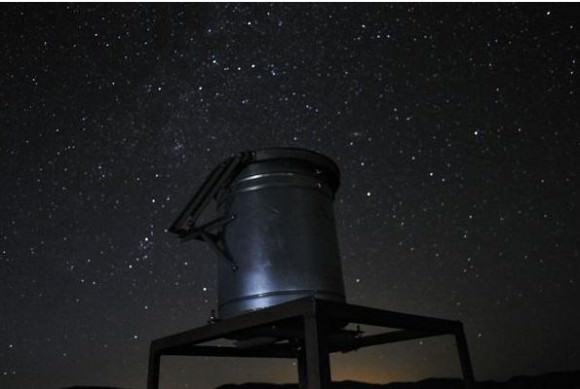Sir Patrick Moore. Credit: sirpatrickmoore.com
Astronomers, both professional and amateur, throughout the world, were saddened yesterday to hear of the death of Sir Patrick Moore. He was the reason many of them became interested in the stars in the first place. For 55 years, from 26 April 1957 until his final broadcast on 3 December 2012, he was our monthly guide to the stars, earning him a place in the Guinness Book of Records as the world’s longest-serving TV presenter of the longest-running programme with the same presenter in television history, The Sky at Night.
He was born Patrick Alfred Caldwell-Moore, at Pinner, Middlesex on 4 Mar 1923 and later moved to Sussex. Heart problems during his youth lead to him being educated at home. When he was 6 he was given a copy of The Story of the Solar System by GF Chambers which began his life long passion for astronomy and 5 years later, at age 11, he joined the British Astronomical Association. By age 14 he was asked to run a small local observatory in East Grinstead.
At the age of sixteen he lied about his age in order to join the Royal Air Force and from 1940 until 1945 he served as a navigator in RAF Bomber Command, reaching the rank of flight lieutenant. It was during the war that his fiancée, a nurse called Lorna, was killed by a bomb in London. He never married, saying later: “there was no one else for me … second best is no good for me … I would have liked a wife and family, but it was not to be.” He was elected a Fellow of the Royal Astronomical Society in 1945.
After the war he began teaching and built his own 12½ inch reflector telescope in his garden and began to observe the moon. In 1952 wrote his Guide to the Moon, the first of over 100 books he was to write in his lifetime, all typed on his 1908 Woodstock typewriter. His detailed maps of the moon’s surface were eventually used by Nasa as part of the preparations for the moon landing.
On 26 April 1957, at 10:30 pm, he presented the first episode of The Sky at Night, which was scheduled to run for only three months. During his 55 years as presenter he only missed a single episode and from 2004 the programme was broadcast from his home as arthritis meant he was unable to travel to the studios any longer.
He was Director of the newly constructed Armagh Planetarium in Northern Ireland from 1959 until 1968 when he returned to England to live at Farthings in Selsey. He covered all the Apollo missions for television reported on the Voyager and Pioneer programmes and in 1966 was the only amateur astronomer to be elected a member of the International Astronomical Union. The Caldwell catalogue of astronomical objects was compiled by him and asteroid 2602 Moore was named in his honour.
He was keen pianist and accomplished xylophone player and composer, a chess player, golfer and cricketer. He travelled extensively to all seven continents, including Antarctica and claimed that he was the only person to have met the first man to fly, Orville Wright, the first man in space, Yuri Gagarin, and the first man on the moon, Neil Armstrong. In 2001, he was knighted for “services to the popularisation of science and to broadcasting” and became the only amateur astronomer ever to be appointed an Honorary Fellow of the Royal Society.
In an interview in 2008, he said: “In astronomy, amateurs have always played a major part, and they still do. Amateurs do things professional astronomers don’t want to do, haven’t time to do or can’t do. And the average amateur knows the sky a great deal better than the average professional. So, amateurs discover comets, novae and so on.”
He never had any formal training himself and was keen to support and promote the real contribution that amateur astronomers can make to science. He made a point of responding to all letters delivered to his house and delighted in helping to encourage anyone who showed an interest in the stars. He famously had no time for conspiracy theorists, UFOlogists or astrologers. He gave lectures, tours and public appearances, seemingly to anybody who asked. though he held many views that I will kindly call ‘old fashioned’ and move on, he was happy for people to visit his observatory at his beloved home in FSelsey, which became effectively an open house and science centre. When the news of his death broke tributes poured in from friends and colleagues across the UK and around the world, many feeling they had lost, not just the man responsible for sparking their interest in astronomy, but a mentor and friend, many had stories of his generosity to share.
British amateur astronomer Sir Patrick Moore (center), with co-presenter Chris Lintott (left), and the astrophysicist guitarist Brian May (right). Credit: Steve Elliot.
Chris Lintott, Sir Patrick’s co-presenter on the Sky at Night said “Sir Patrick dedicated his life to talking about astronomy at any opportunity – not out of a desire to make a name for himself or to further an agenda, but because he thought the world would be a better place if he did so.”
Linitott told Universe Today that even though Moore was based in the UK, his appeal was international.
“I remember being at the IAU and finding that astronomers from all over the world were queuing up to thank him for sparking their interest,” Lintott said via email. “He also brought amateurs and professionals together, treating everyone as an equal.”
In a statement, musician, astrophysicist and another “Sky at Night” co-presenter Brian May said called Moore a “dear friend and a kind of father figure to me.” adding, “Patrick will be mourned by the many to whom he was a caring uncle, and by all who loved the delightful wit and clarity of his writings, or enjoyed his fearlessly eccentric persona in public life. Patrick is irreplaceable. There will never be another Patrick Moore. But we were lucky enough to get one.”
Another presenter, Paul Abel, gave an interview about Sir Patrick this morning, and you can hear the audio here.
The theme tune for Sky at Night is the first movement from Pelléas et Mélisande,’ At the Castle Gate’ by Sibelius. When I heard of his death I posted the video in tribute to him and many commented that after the first few bars they expected to hear Sir Patrick’s distinctive voice wishing them a ‘Good evening’, I think that is true of a generation of astronomers. Thank you Sir Patrick.
More about Sir Patrick here

